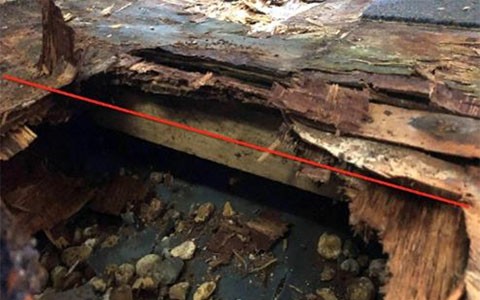Board: South Carolina Architects
Credit Hours: 3.00
Approval Number: J607BGS25
Add to Basket
Course Description
Course Objectives
Upon successful completion of this course, the participant will be able to:
- Explain building science principles relevant to floor system design and moisture intrusion issues that affect indoor air quality, as well as structural integrity
- Recognize system components in a high-performance floor assembly, such as grade, crawl space, vapor retarder, framing systems, insulation, sub-floor, underlayment and finish flooring
- Describe how the changing codes and evolving building materials are impacting and influencing sub-flooring system design
- Discuss the principles behind the vapor drive in operation below floors, and how to anticipate and prevent the movement of moisture into flooring components
- Suggest a solid rationale for fastener types chosen and implemented to combine flooring assembly components
- Summarize recommended design methodology incorporating building science principles and code requirements, to ensure a designed floor assembly provides durability and increases occupant well-being resolvable issues faced by the elderly while navigating outside the home
Instructor Bio
 Paul Spite, BS, BA
Paul Spite, BS, BA
AFD Consulting, Founder and Principal
Paul is a Registered Architect with over forty years of experience, a course developer and has been a teacher in multiple venues in the past. He is also a writer in many venues, having developed many studies, a few published articles, numerous short stories, multiple screenplays, two non-fiction manuals for church design and one novel. More to the focus of this endeavor, Paul has also created presentations for twenty-six lunch and learn presentations for building material manufacturers, webinars covering the subjects of Aging-in-Place and Architectural Acoustics and eleven distance learning courses for architects, engineers and contractors. As he nears retirement from managing his small architectural practice, Paul hopes to focus even more of his energy on teaching and on course development.



